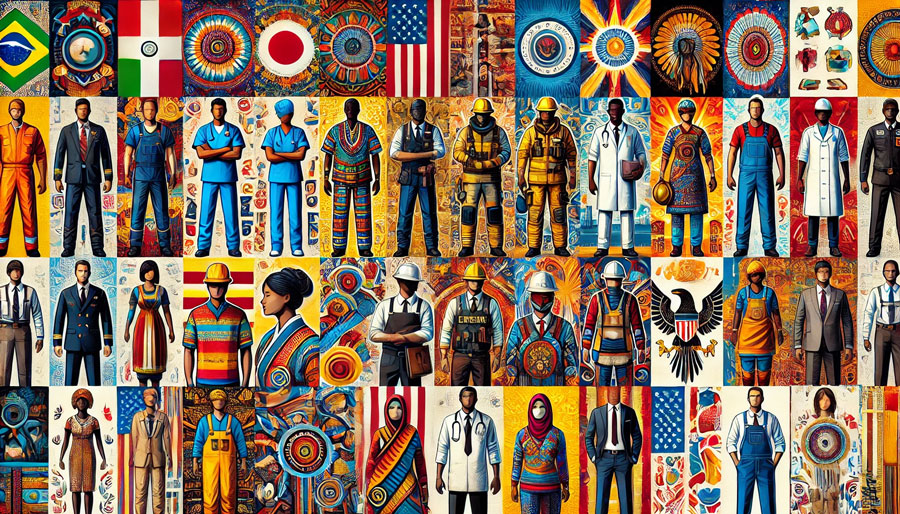 THE SCIENCE OF UNIFORMS
THE SCIENCE OF UNIFORMS
The Pulse presents The Science of Uniforms, a column written by NAUMD network member Anil Kariwala. Anil is also CEO Kariwala Industries Limited
Uniforms are more than just functional attire for employees; they are a powerful medium through which organizations can reflect and preserve cultural heritage. In a globalized world, where cultural diversity is a significant asset, uniforms can play a pivotal role in celebrating and respecting diverse cultural identities. Uniforms have the potential to embody the essence of a culture, showcasing unique aspects of heritage, tradition, and values. When thoughtfully designed, they can communicate an organization’s commitment to cultural diversity and inclusivity. By incorporating elements such as traditional patterns, colors, and symbols, uniforms can tell a story of cultural pride and heritage.
Incorporating cultural elements into uniforms helps preserve and promote cultural heritage. For organizations rooted in rich cultural traditions, uniforms become a bridge between the past and the present, allowing employees and customers to connect with the cultural narrative. This not only enhances the cultural experience but also fosters a sense of belonging and pride among employees.
The Taj Group of Hotels in India is renowned for its uniforms that reflect the rich cultural heritage of the country. Their uniforms often incorporate traditional Indian textiles, embroidery, and designs, showcasing the diverse regional cultures of India.
Singapore Airlines is famous for its cabin crew uniforms designed by Pierre Balmain. The uniforms, known as the “Sarong Kebaya,” are inspired by traditional Malay clothing and feature vibrant batik prints, symbolizing Singapore’s multicultural heritage. Thai Airways’ uniforms are a perfect blend of traditional Thai elements and modern design. The elegant uniforms incorporate Thai silk and traditional patterns, reflecting Thailand’s cultural richness and hospitality.
By thoughtfully incorporating cultural elements into uniform design, organizations can create a sense of pride, belonging, and inclusivity among employees. As the world becomes increasingly interconnected, the role of uniforms in expressing cultural identity will continue to grow, serving as a testacle to the rich tapestry of global cultures.



















